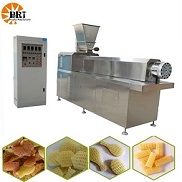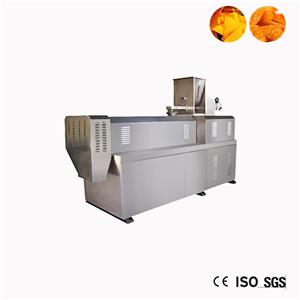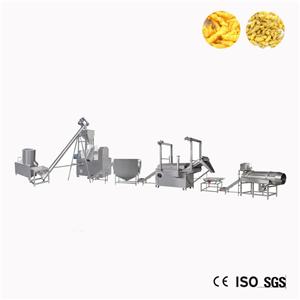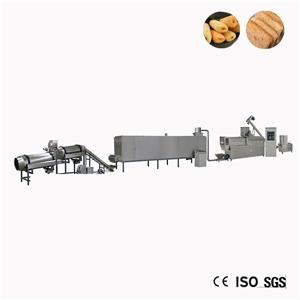Characteristics of Expanded Aquatic Feed
Characteristics of Expanded Aquatic Feed
Pet feed, fish and shrimp feed
Twin screw extruder
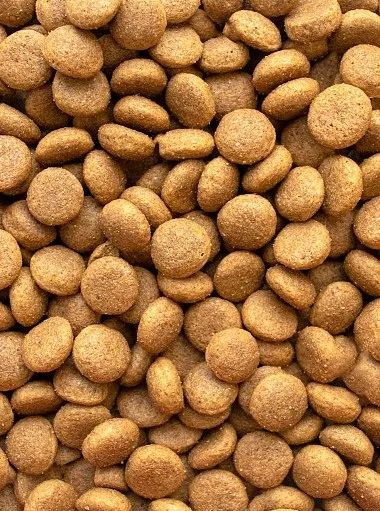
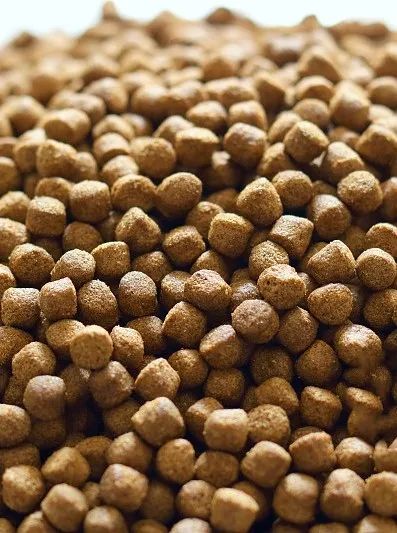
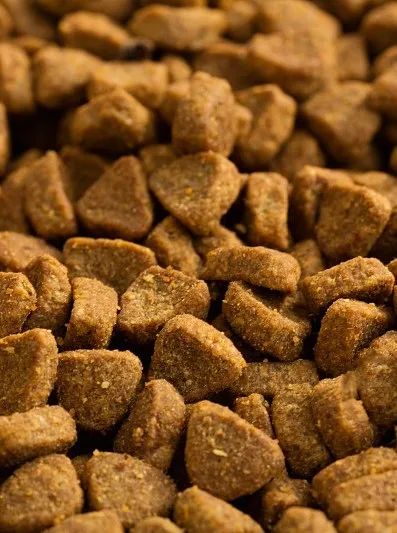
Puffed particles
Characteristics of puffed floating fish feed
1. Convenient feeding management
Aquatic puffed feed can be suspended on the water surface for a long time, and there is no need for a dedicated feeding platform when feeding. It only needs to be fed at a fixed point. When feeding on fish, it is necessary to float ten meters above the water surface, directly observe the feeding situation of the fish, adjust the feeding amount in a timely manner, and understand the growth and health status of the fish in a timely manner. Therefore, using aquatic puffed feed is conducive to scientific feeding management, saving a lot of time and improving labor productivity. Breeding personnel can calculate the amount of bait to be fed based on the variety, specifications, quantity, water temperature, and feeding rate of the fish being farmed, and feed them quickly, which not only saves a lot of time but also improves labor productivity.
To reduce the occurrence of diseases, feed materials often contain harmful microorganisms, such as aerobic organisms, neutral bacteria, Escherichia coli, mold, salmonella, etc., and animal feed materials contain relatively more. The high temperature, high humidity, and high pressure of expansion can kill the vast majority of harmful microorganisms. According to data, the number of Escherichia coli per gram of raw material is up to 10000, and there are less than 10 after expansion. Salmonella can be basically killed after expansion at high temperature above 85 ℃, which helps to maintain water quality and reduce adverse environmental factors of aquaculture, and at the same time, it reaches 0 4. This is equivalent to a moisture content of 8% -10%, which better improves the storage stability of the feed.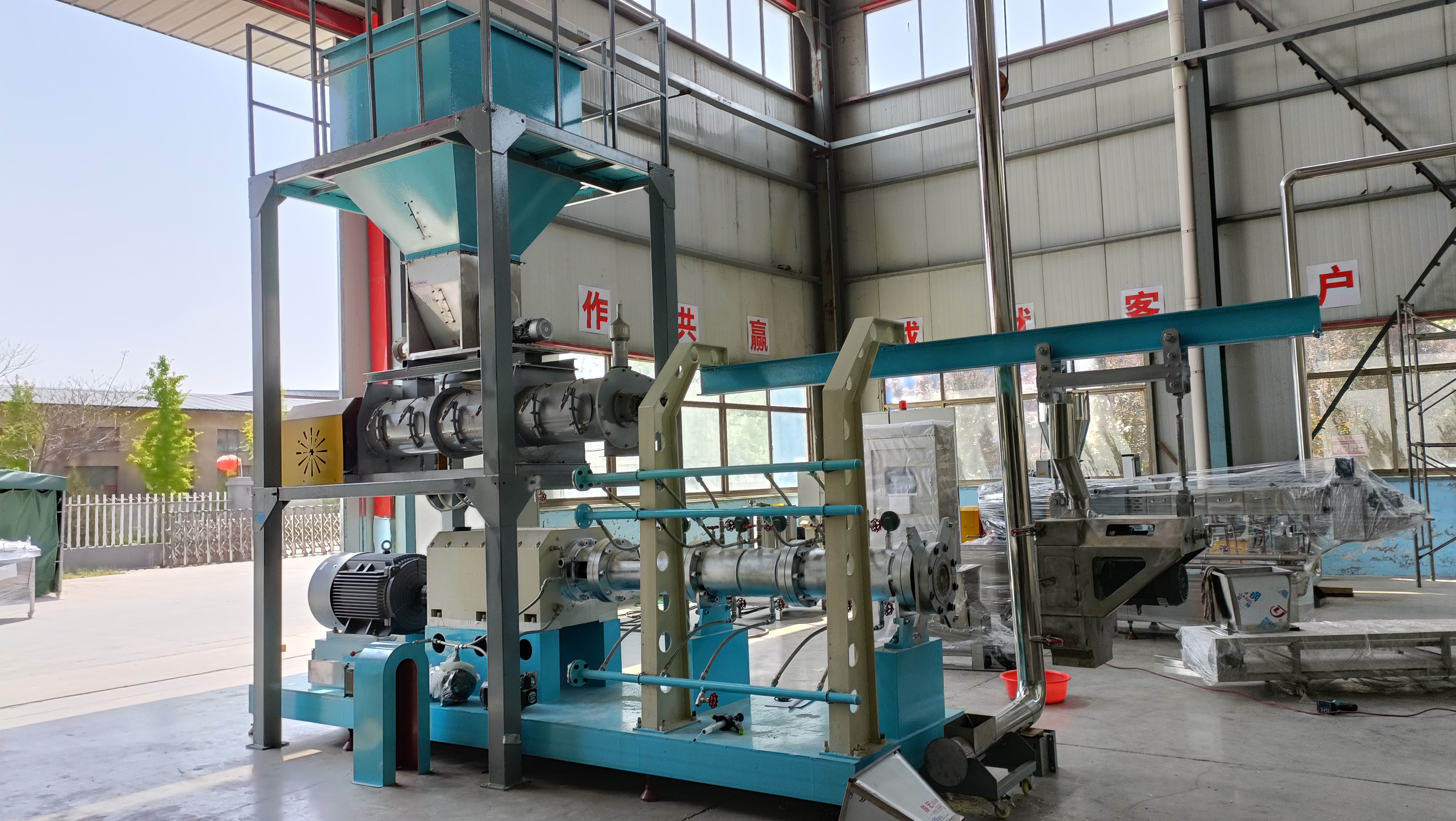
2. The Effect of Expanded Floating Materials on Water Quality
The use of expanded floating fish feed can reduce pollution to water quality. Expanded floating fish feed will not dissolve in water for a long time, and high-quality floating fish feed can float for about 12 hours. It is easy to observe and control when feeding, reducing or avoiding pollution of water by powder, residual bait, etc. This is extremely beneficial for environmental protection and fish growth.
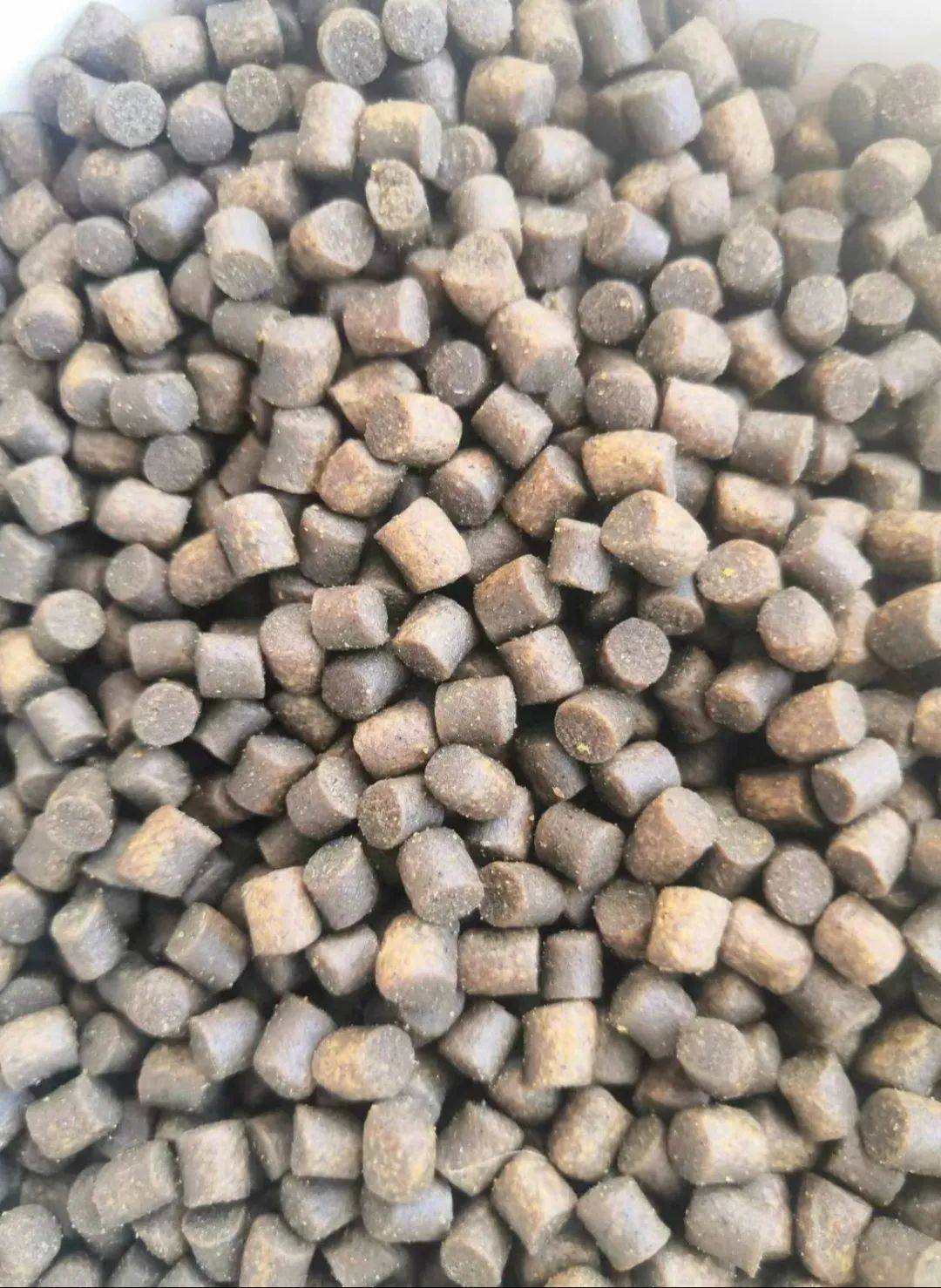
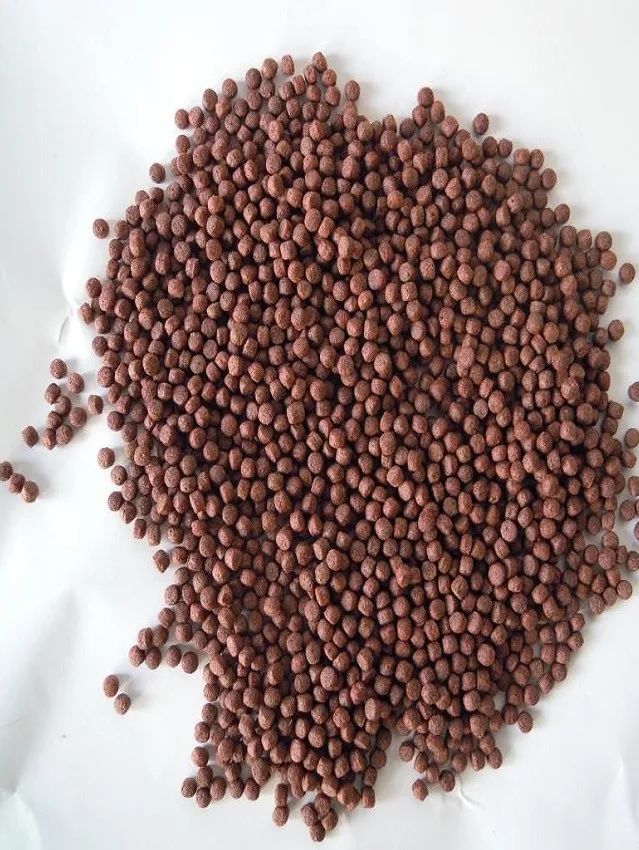
Comparison of utilization rate of puffed floating puffed materials with powder and particle materials
Expanded floating fish feed is beneficial for improving feed utilization efficiency. Due to the processing conditions of high temperature and high pressure, the starch in the feed ripens, fats and other substances are more conducive to digestion and absorption, and the fiber structure and cell wall are damaged and softened. This damages the gossypol in cottonseed meal and harmful substances such as trypsin in soybeans, thereby improving the palatability and digestion and absorption rate of the feed.
In addition, due to the physical and chemical changes in puffing processing, the powder produced in puffed feed is generally less than 1%, which directly improves the effective utilization of feed. Under normal circumstances, using expanded floating feed for fish farming can save 5-10% of feed compared to using powdered feed or other granular feed.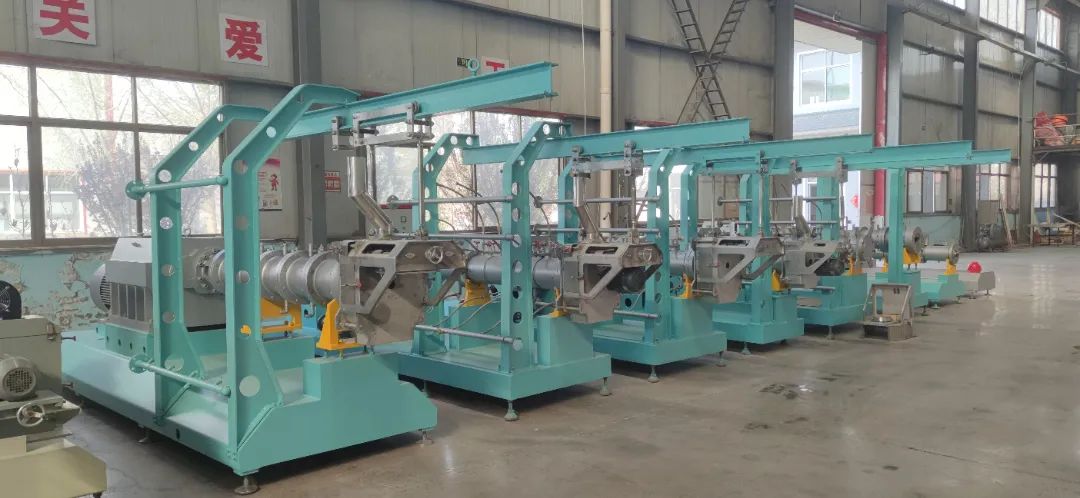
Prospects of Expanded Floating Materials
Expanded floating fish feed has broad application prospects. From the perspective of aquaculture methods, puffed floating fish feed has a wide range of applicability. Floating fish feed can be used for pond fish farming, rice field fish farming, flowing water fish farming, cage fish farming, factory fish farming, and large-scale surface intensive aquaculture. Especially for fish farming in mountain flat ponds, rice paddies, and large water surfaces with low breeding density, using floating fish feed has more advantages than using other feed.
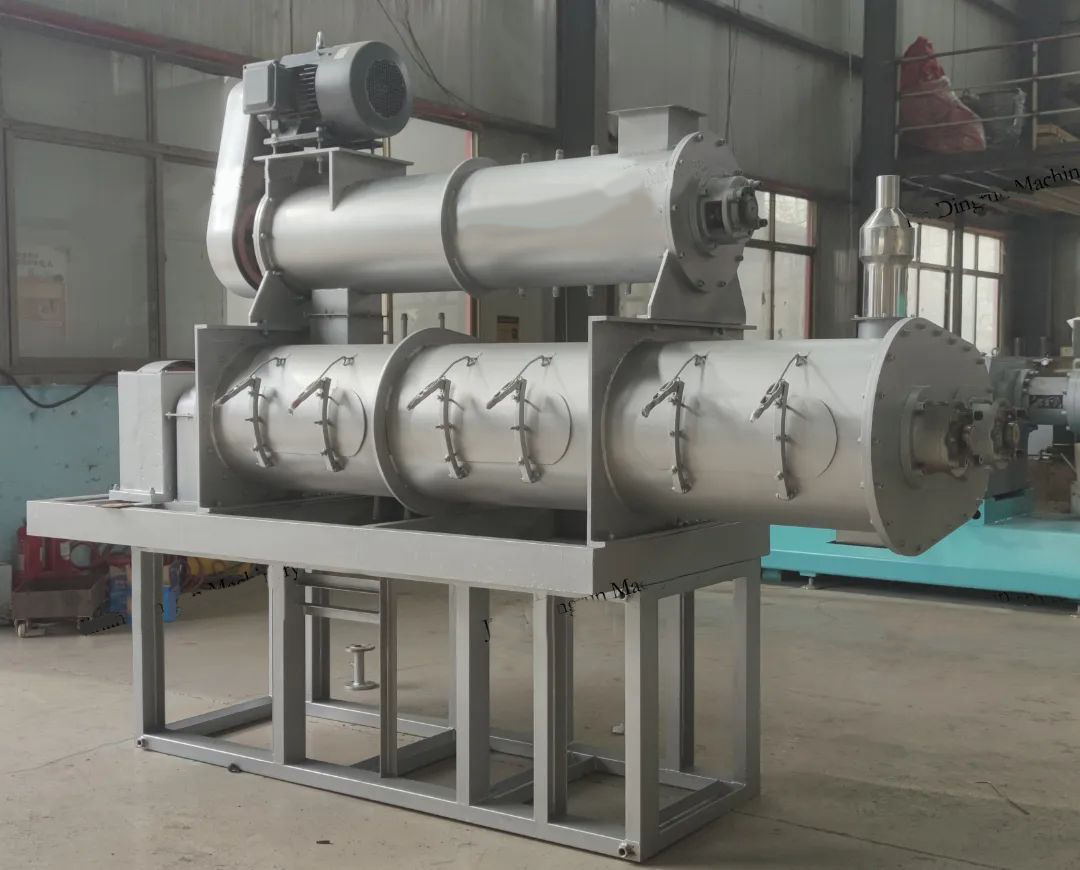
In terms of breeding varieties, both freshwater and marine fish, except for a few benthic fish that are extremely difficult to domesticate and feed on the surface, can well feed on floating fishing feed, such as famous and excellent species such as bass, snakehead, ornamental fish, beautiful frog, turtle, catfish, as well as conventional cultivated grass carp, carp, crucian carp, and other species. For species such as the beautiful frog and bass with special physiological functions, using floating feed for breeding is more convenient and can demonstrate its superiority.
According to different varieties and stages of growth and development, puffed floating fish feed suitable for their caliber and nutritional needs can be produced, which can effectively meet the feed needs of conventional aquaculture and special aquaculture. This not only facilitates aquaculture producers, but also promotes production development.

